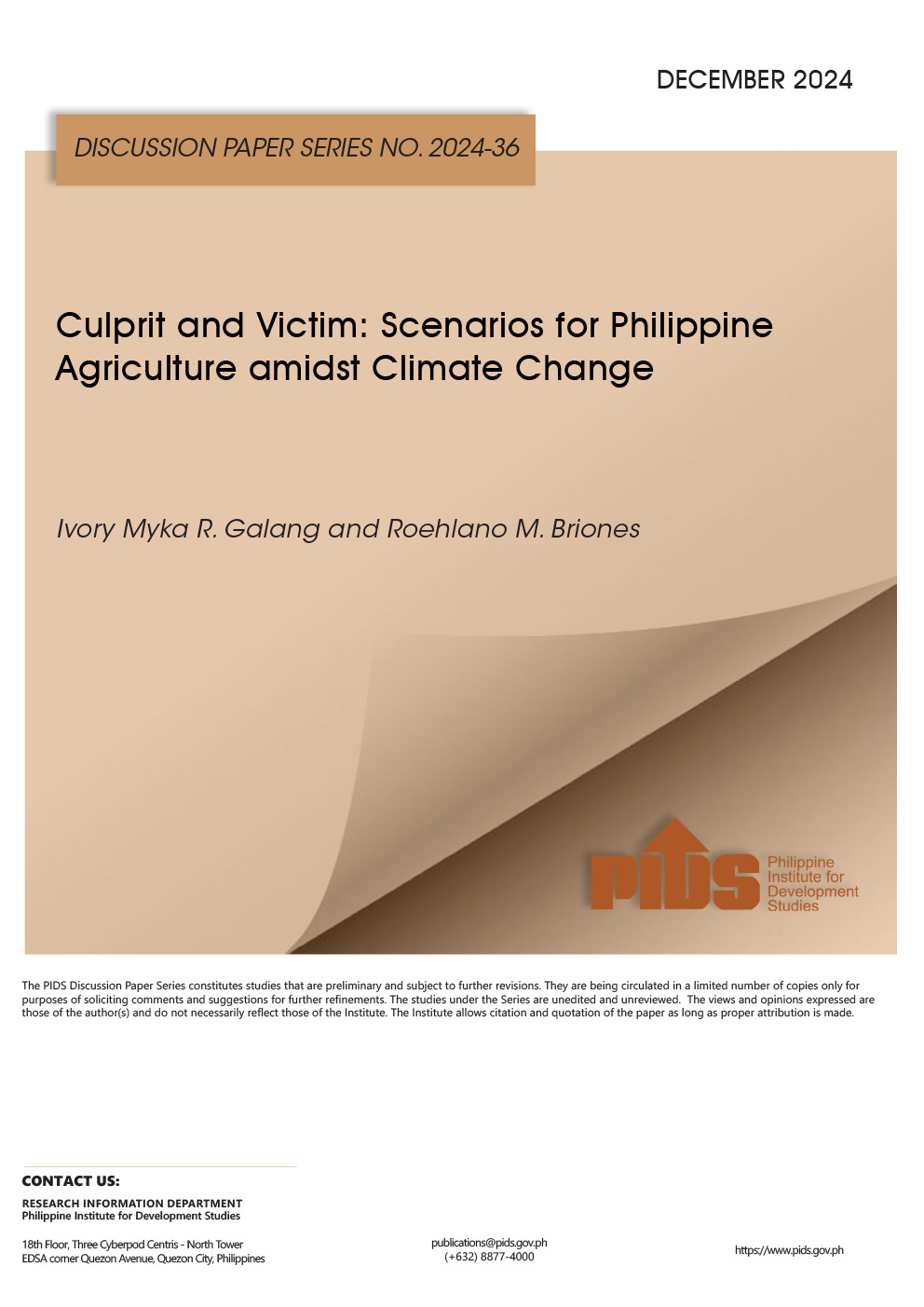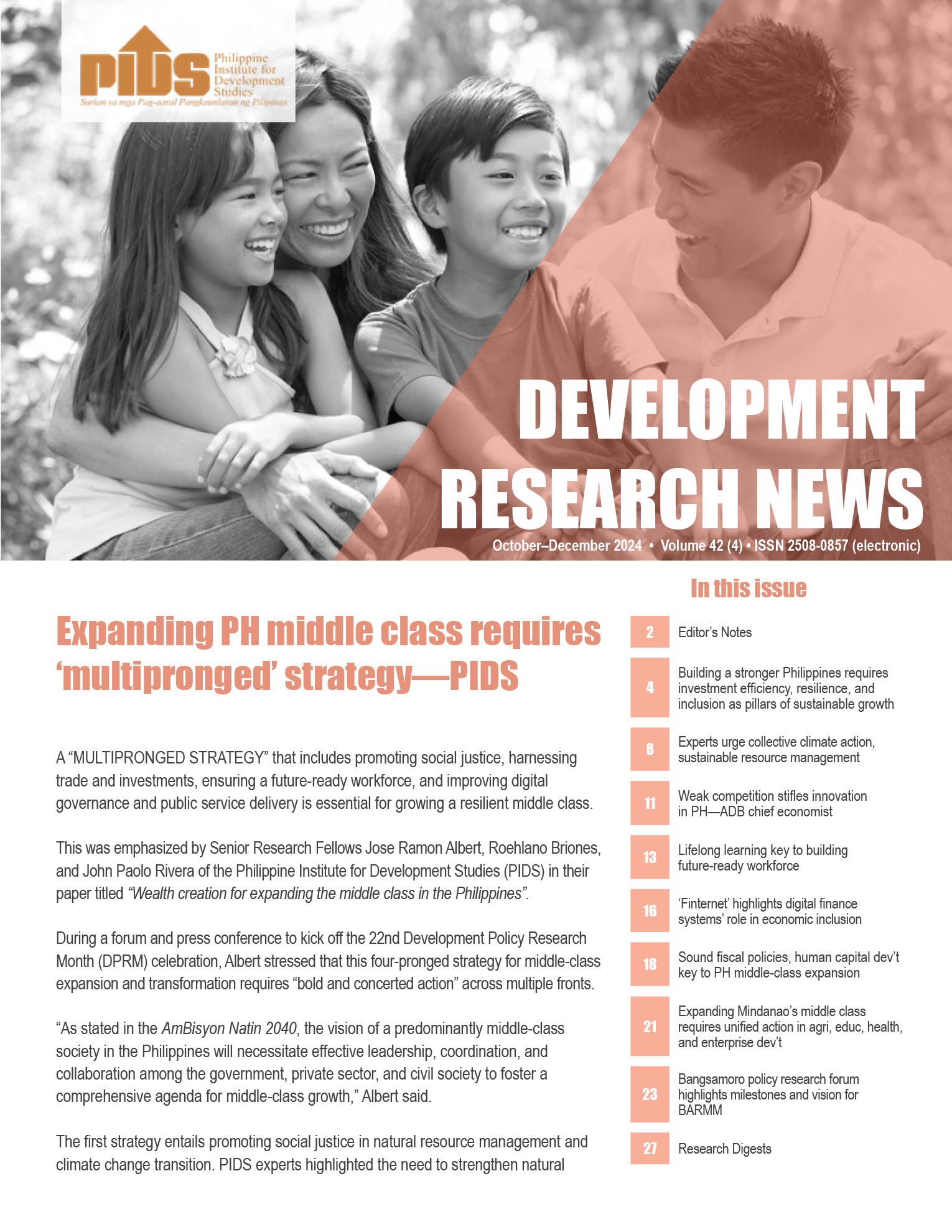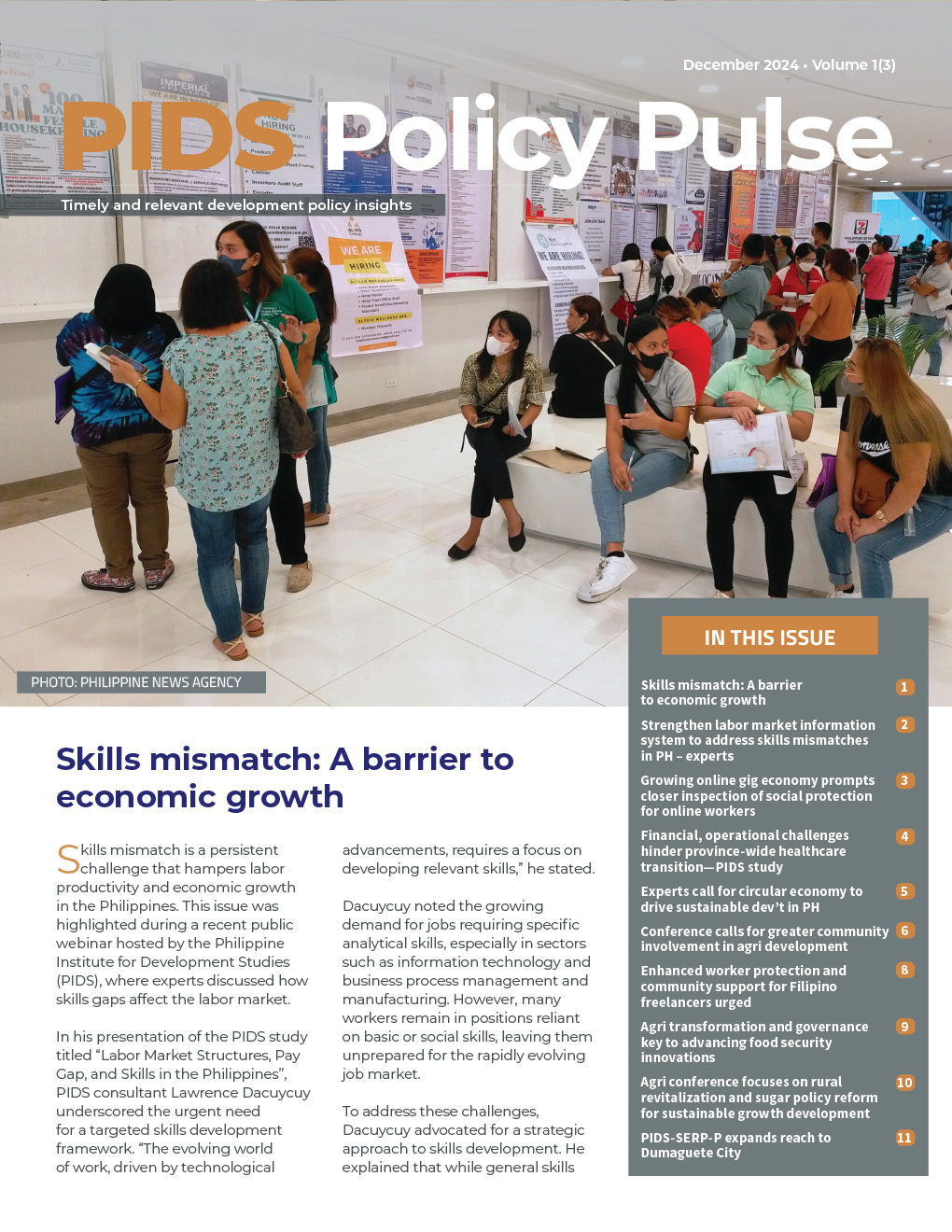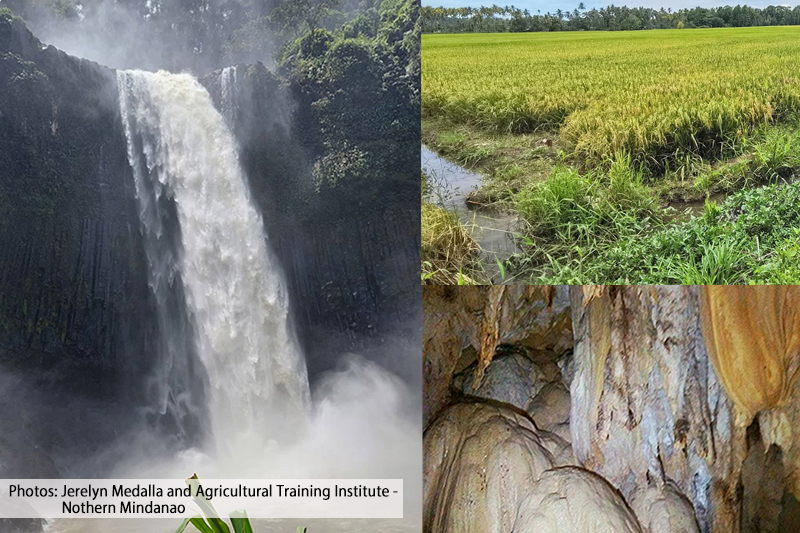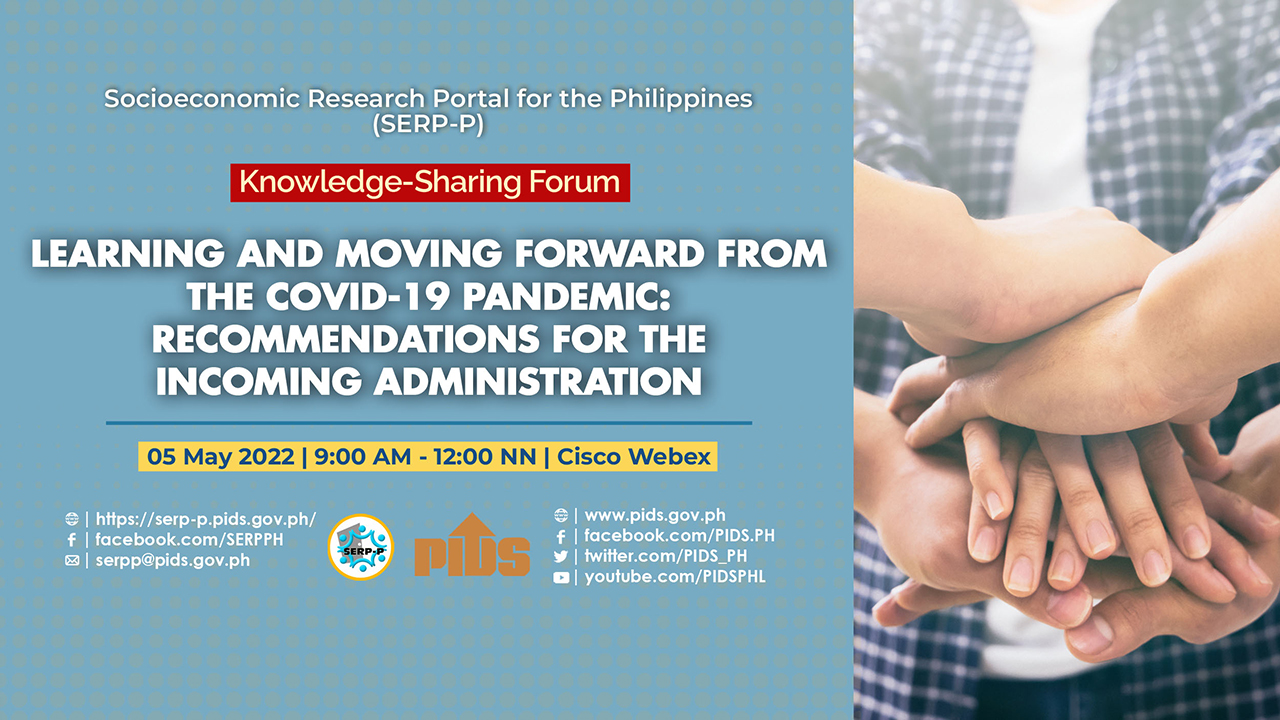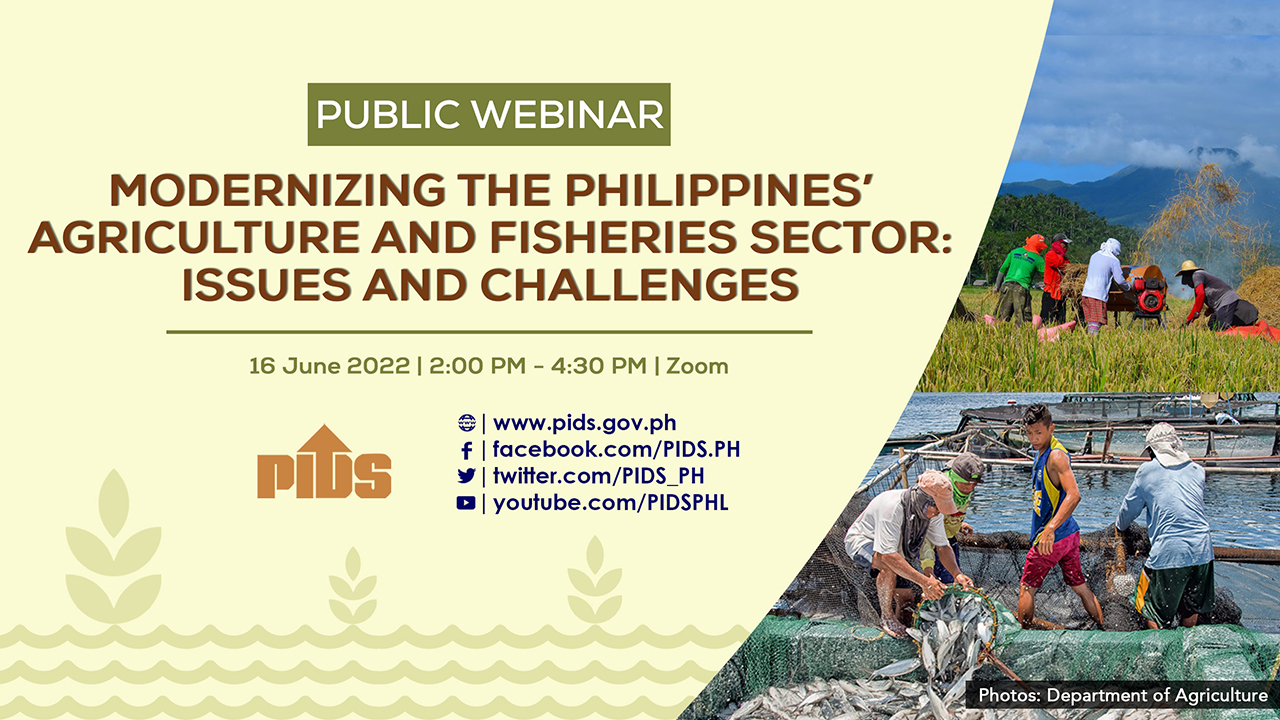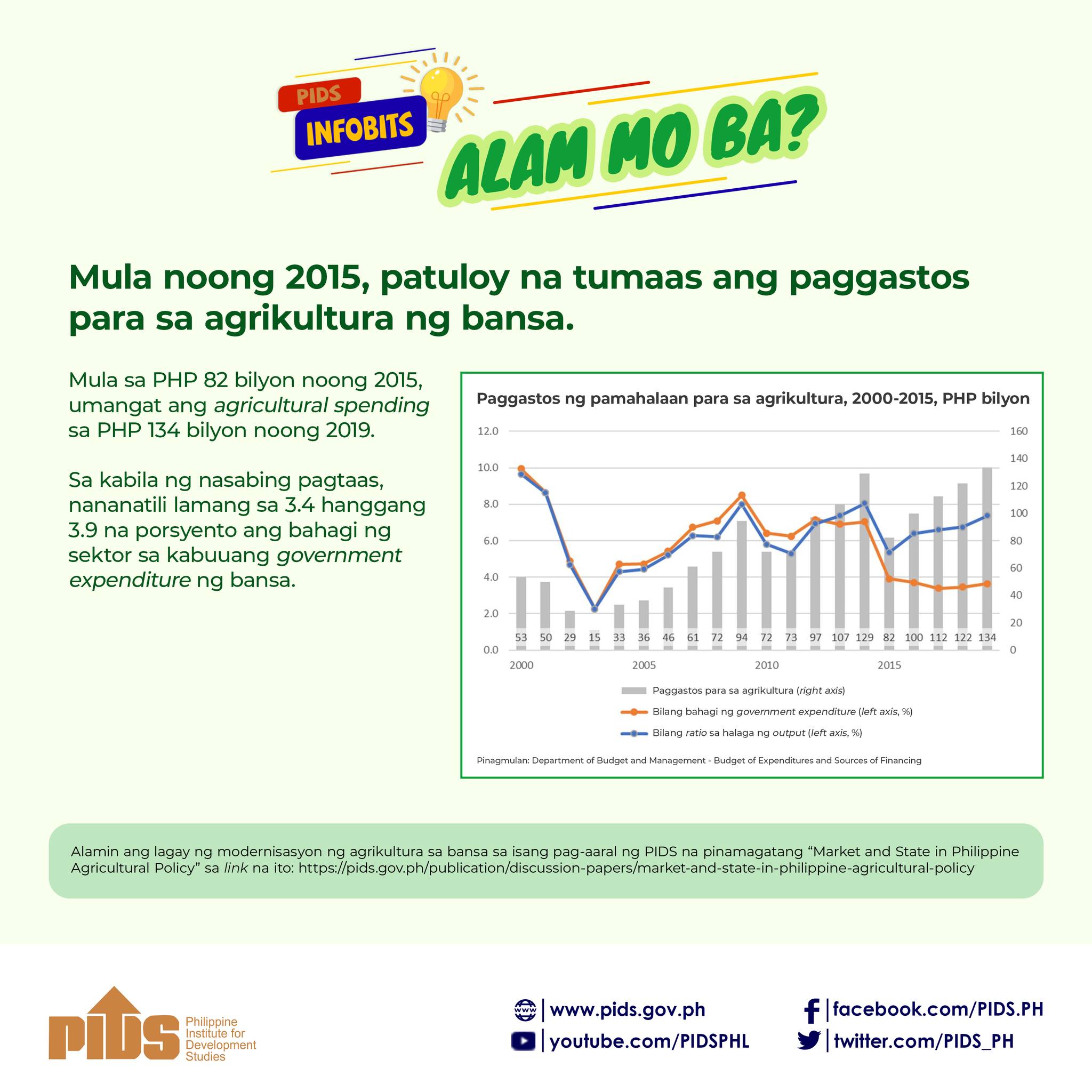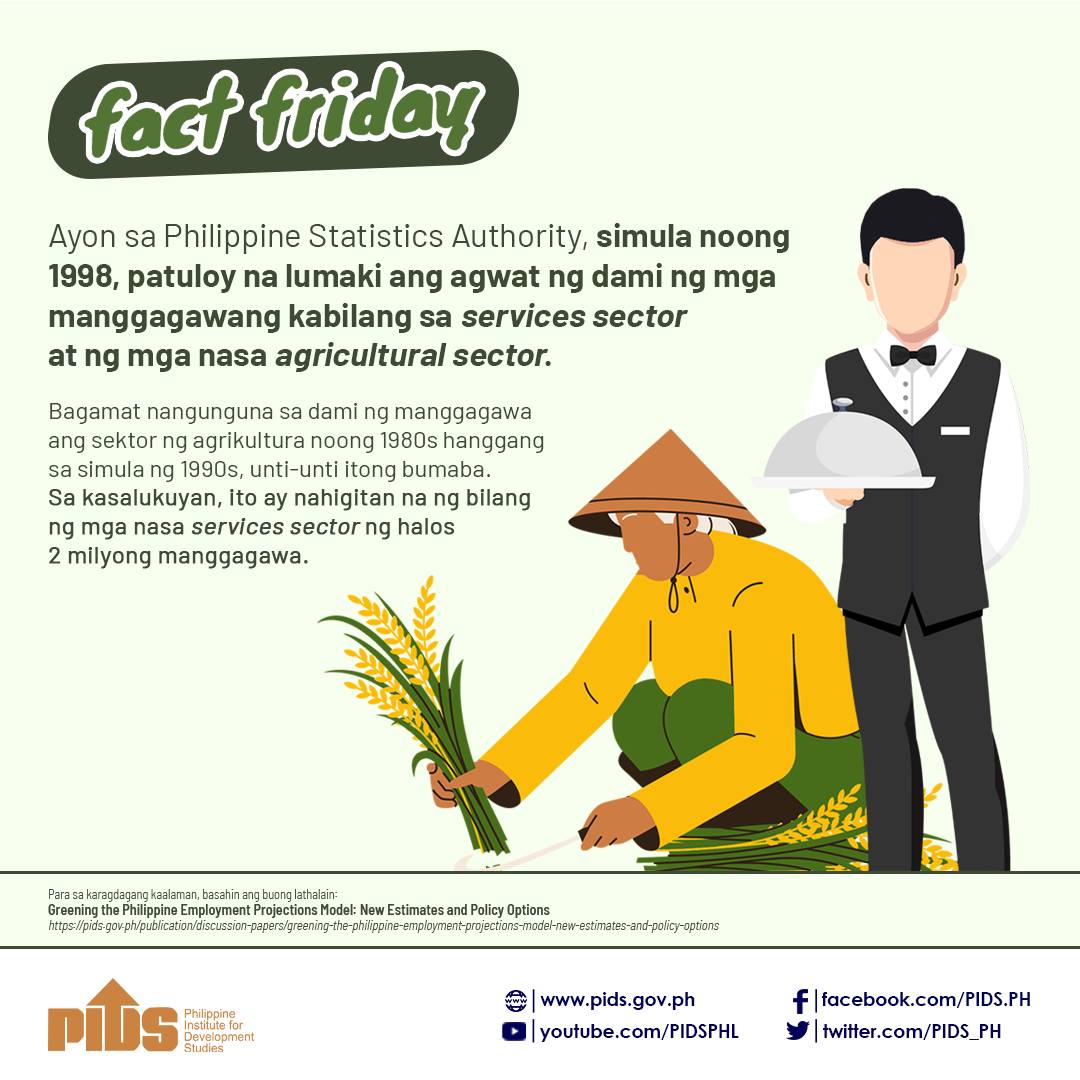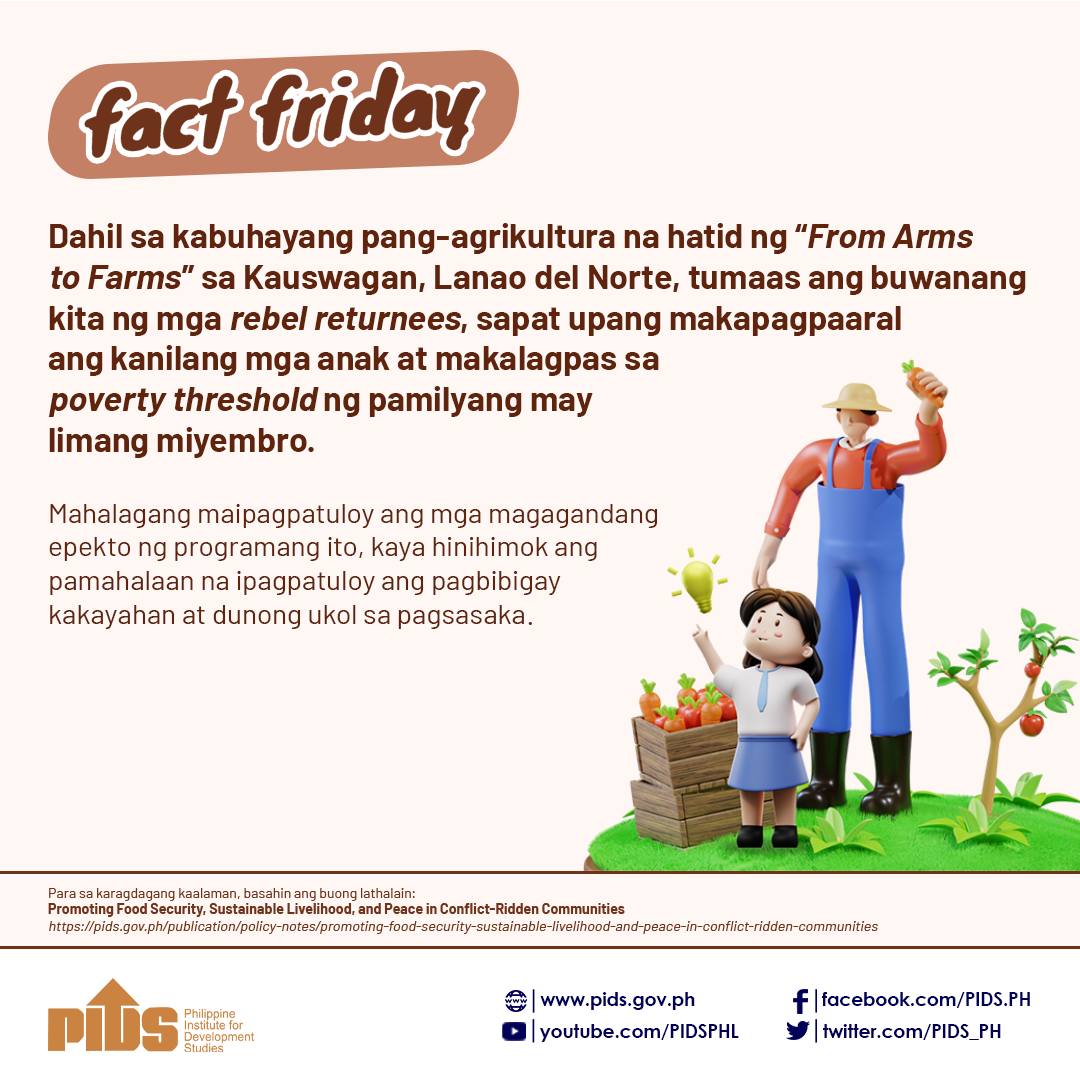Experts have repeatedly pointed out that a "protectionist policy environment” which continues to impose restrictions—real and disguised—in the importation of agricultural products, supposedly to protect our own industries against "unfair competition,” have hurt the agricultural sector more than they have helped. Little surprise, then, that Philippine agriculture is considered the "poor man’s sector.” In other countries that have long opened their borders to international agricultural trade—like Japan, China, South Korea, and Asean neighbors, Thailand, Malaysia, and even Vietnam—such has not been the case. Their consumers enjoy commodities at more affordable prices while their countries have gone on to strengthen export-oriented industries where they are most competitive. In a 2013 discussion paper entitled "Philippine Agriculture to 2020: Threats and Opportunities from Global Trade” written by UP-trained economist Dr. Roehlano Briones for government think tank Philippine Institute for Development Studies (PIDS), two models of agricultural development were compared. The first is a "protectionist approach” typical of the country’s current "highly conservative” outlook; the second is the alternative,” which advocates the engagement of Philippine agriculture with the global market, "through trade and specialization on comparative advantage”. The second option, "entails more liberal trade policies (lowering of tariffs and non-tariff barriers) as well as directing expenditure support on a more neutral basis, i.e. greater outlays towards products with lower support, which typically are the export-oriented commodities (i.e. products for which the Philippines has comparative advantage).”

